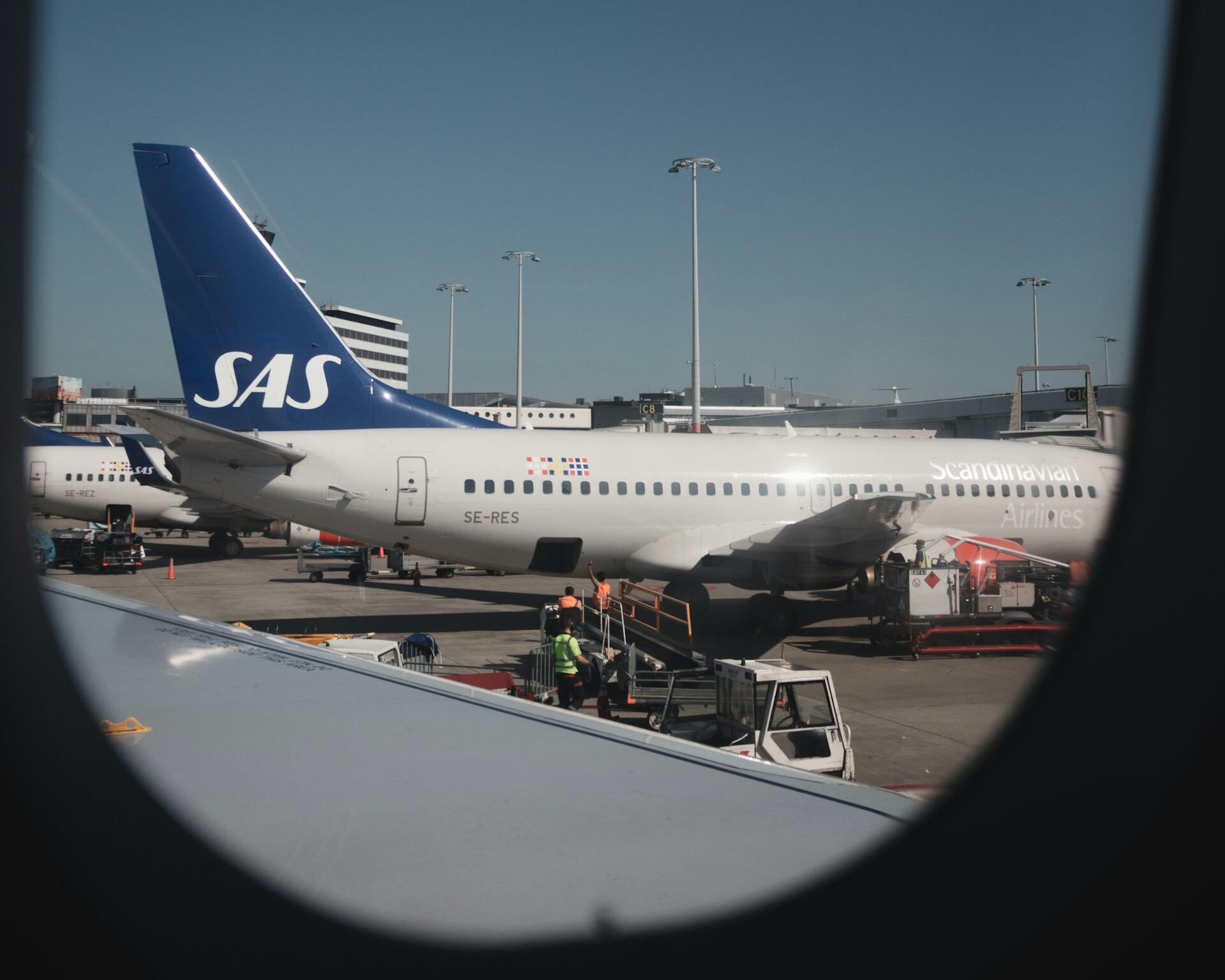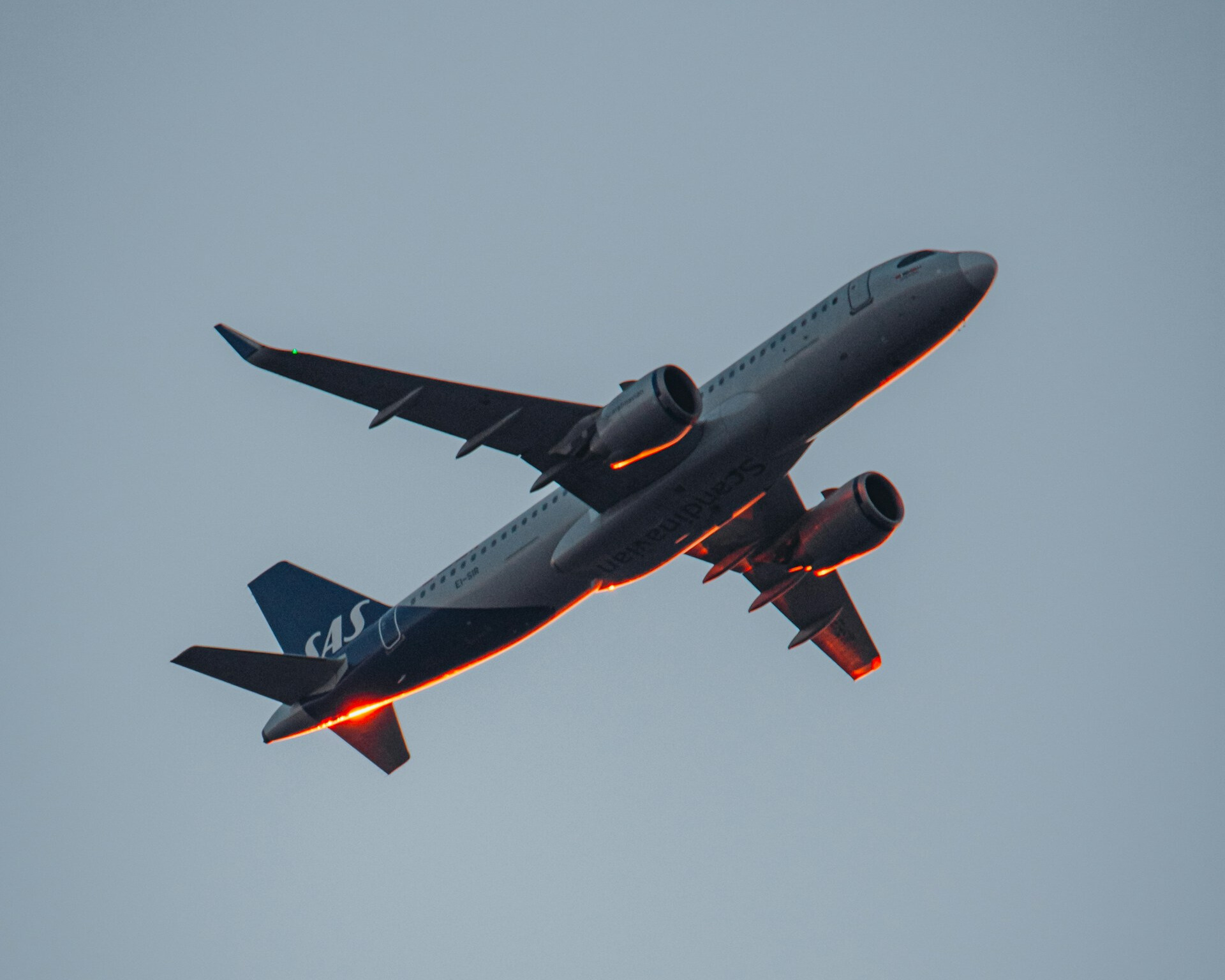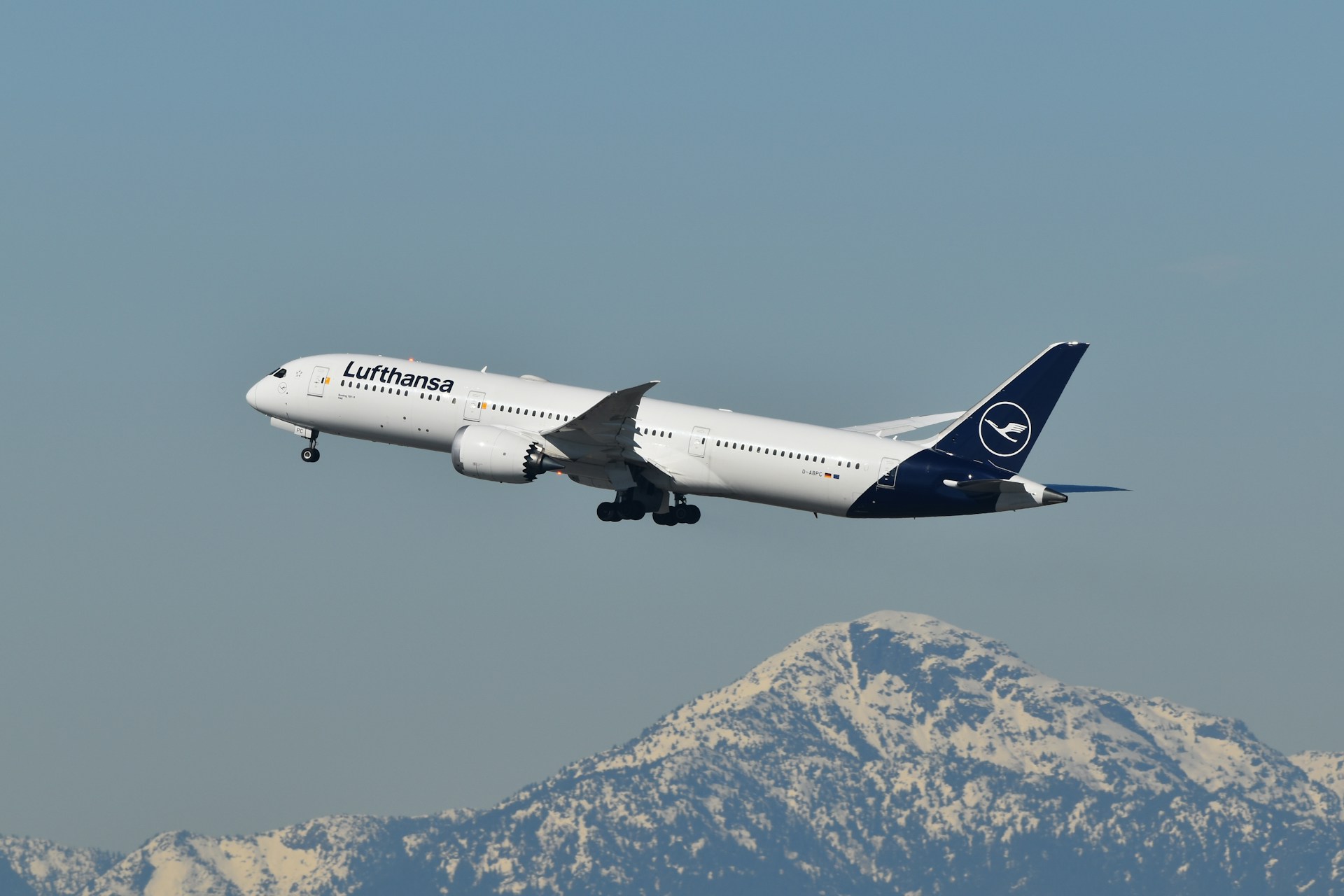SAS Targets Aggressive Growth with 20% Capacity Expansion for Summer 2026
Key Takeaways
- SAS will boost seat capacity by 20% in summer 2026, its boldest growth in recent years.
- The airline is focusing on high-demand European leisure routes and strengthening Nordic hub connections.
- Expansion follows SAS’s restructuring and recovery, signaling renewed confidence in market demand.
- The strategy includes increased frequencies on existing routes and new destinations in Europe and North America.
- SAS aims to compete directly with low-cost carriers while defending premium market share in Scandinavia.
- The move reflects broader industry optimism about post-pandemic travel recovery and profitability.
SAS Charts Ambitious Growth Path
Scandinavian Airlines (SAS) has announced plans to expand its network with a 20% increase in seat capacity for the summer 2026 season—its most aggressive expansion in years. The move underscores SAS’s confidence in sustained demand growth while marking a new chapter for the carrier after navigating a challenging restructuring phase.
The expansion will support both business and leisure travel, with a special focus on connecting Scandinavia to popular European and transatlantic destinations.
Route Expansion Prioritizes Leisure and Connectivity
SAS is strategically targeting Mediterranean leisure destinations—such as Spain, Italy, and Greece—while also strengthening links to major European capitals and select North American cities. By expanding both frequency and network breadth, SAS intends to maximize the appeal of its Copenhagen, Oslo, and Stockholm hubs, making them more competitive against rivals.
Industry observers see this as SAS’s response to the dual challenge of low-cost carriers and established European network airlines. By offering more flight options and higher frequency, SAS aims to retain loyalty among Nordic travelers while drawing new customers seeking reliable full-service options.

Financial and Market Implications
Expanding seat capacity by 20% represents a significant financial undertaking, requiring fleet optimization and potentially new aircraft. The airline will need to carefully balance capacity growth with profitability, ensuring higher seat counts don’t erode yields.
Unlike some European carriers taking a cautious approach, SAS is making a clear bet on growth, confident that demand for summer travel—especially leisure—will remain robust. Analysts suggest the expansion could help SAS reclaim market share lost during its restructuring period and pandemic downturn.
Operational Considerations
Adding this much capacity requires meticulous operational planning. From crew scheduling and aircraft utilization to ground services, SAS must ensure its infrastructure can handle increased volumes.
The upside, however, is significant: larger commitments may strengthen SAS’s negotiating power with airports and suppliers, while optimized aircraft deployment can reduce per-seat operating costs.
FAQs
Which destinations will SAS focus on?
Primarily Mediterranean leisure markets, European capitals, and select North American routes where demand is strong.
When will the expansion begin?
The 20% seat increase is scheduled for the summer 2026 travel season (late March to October).
Will SAS need more aircraft?
Yes, the increase will likely require a mix of larger aircraft deployment, higher utilization rates, and potentially fleet additions.
What does this mean for ticket prices?
More seats generally create competitive pricing, though premium markets may retain higher yields. Passengers can expect more choice and flexibility.
How does this affect competition with low-cost carriers?
SAS aims to fight back against budget rivals by offering frequency, connectivity, and service advantages while remaining price-competitive.
✈️ Bottom Line: SAS’s 20% capacity expansion for summer 2026 represents a bold bet on Scandinavian demand recovery and positions the airline to compete more effectively against low-cost carriers and premium rivals alike. If executed well, the move could restore SAS’s status as a dominant player in Europe’s competitive skies.
.zip%20-%201.PNG)



